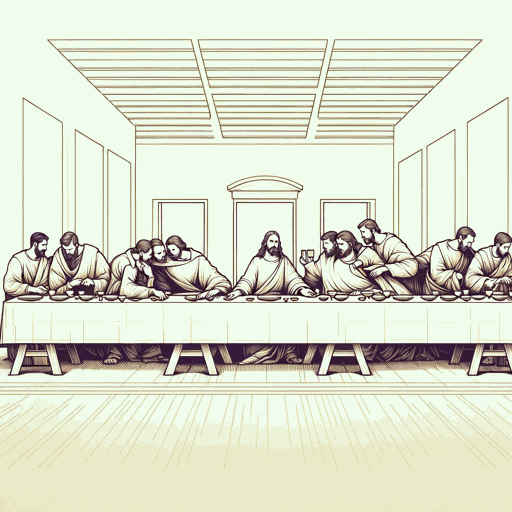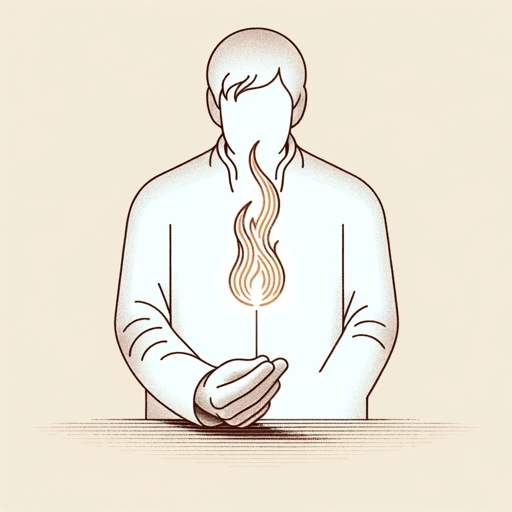50 pages • 1 hour read
William FaulknerAbsalom, Absalom
Fiction | Novel | Adult | Published in 1936A modern alternative to SparkNotes and CliffsNotes, SuperSummary offers high-quality Study Guides with detailed chapter summaries and analysis of major themes, characters, and more.
Symbols & Motifs
Wisteria
Wisteria, a climbing vine with cascading clusters of violet flowers, is a powerful and evocative symbol that is woven into the narrative through Ellen Coldfield, Rosa’s sister. Ellen, who marries Thomas Sutpen, becomes entwined with the plant as it envelops the Sutpen mansion. The wisteria, with its aggressive growth and pervasive nature (it is an invasive species in the southeastern United States), mirrors the past’s inexorable influence on the characters and the Southern landscape.
The wisteria’s presence is not merely ornamental but carries thematic weight. It symbolizes the entangled history and relationships that haunt the characters, weaving a narrative of both beauty and decay. As the vine creeps over the Sutpen mansion, it becomes a living emblem of the South’s historical legacy, creeping into every corner and crevice of the characters’ lives. The wisteria is a visual representation of the past’s beauty and haunting persistence.
Furthermore, the wisteria in Absalom, Absalom! underscores Faulkner’s exploration of the inevitability of time and decay. The vine’s relentless growth and eventual decline reflect the cyclical nature of history and the passage of time. In this way, the wisteria becomes a metaphor for the characters’ attempts to reconcile with their pasts and the enduring impact of historical and personal tragedies.
Related Titles
By William Faulkner

A Fable
William Faulkner

A Rose for Emily
William Faulkner

As I Lay Dying
William Faulkner

Barn Burning
William Faulkner

Dry September
William Faulkner

Go Down, Moses
William Faulkner

Intruder In The Dust
William Faulkner

Light in August
William Faulkner

Sanctuary
William Faulkner

Spotted Horses
William Faulkner

That Evening Sun
William Faulkner

The Bear
William Faulkner

The Hamlet
William Faulkner

The Reivers
William Faulkner

The Sound and the Fury
William Faulkner

The Unvanquished
William Faulkner
Featured Collections
American Civil War
View Collection
Books on Justice & Injustice
View Collection
Family
View Collection
Memory
View Collection
Nation & Nationalism
View Collection
Nobel Laureates in Literature
View Collection
School Book List Titles
View Collection
Southern Gothic
View Collection
War
View Collection

